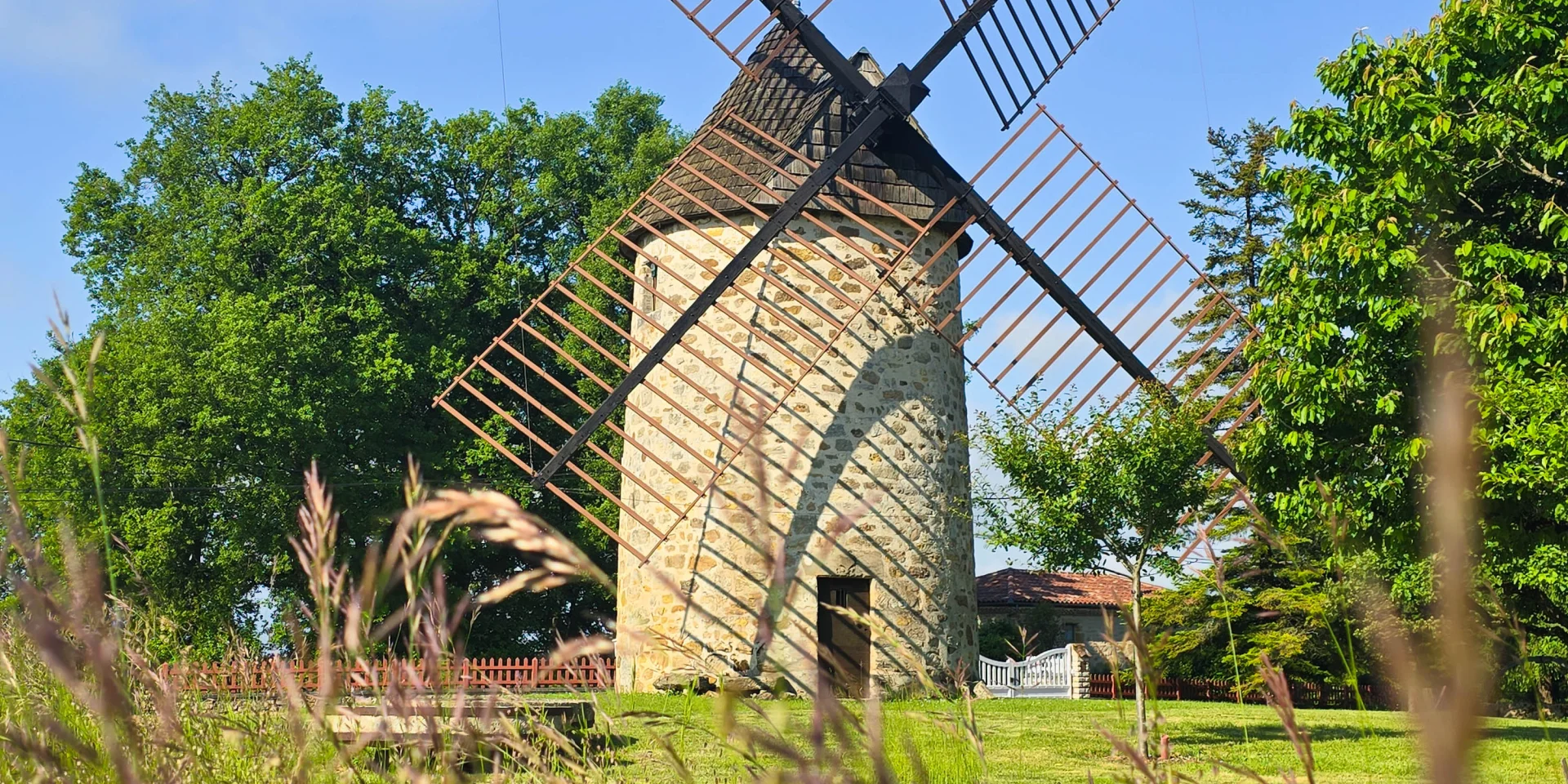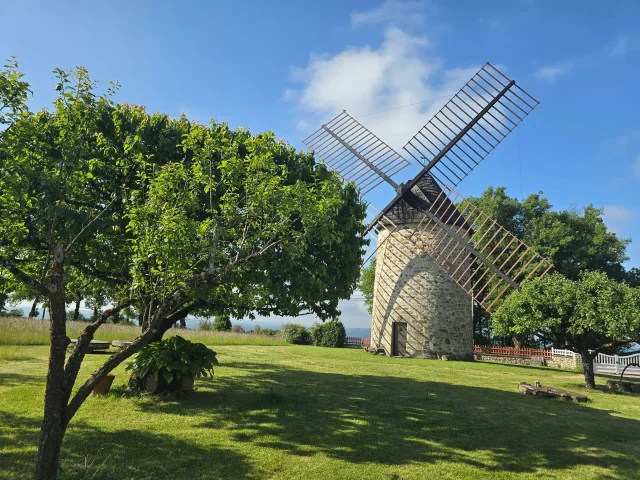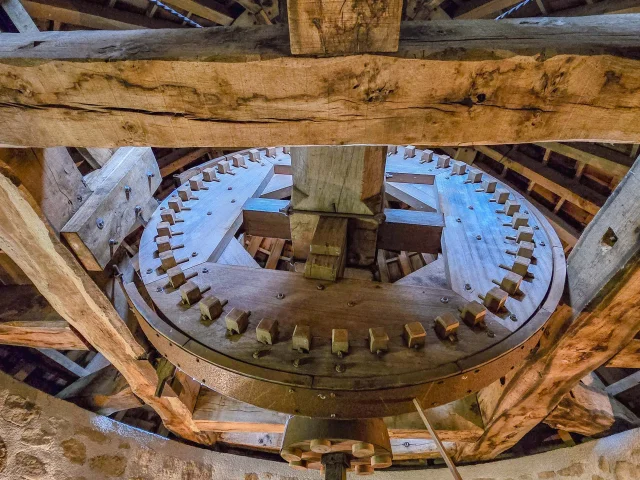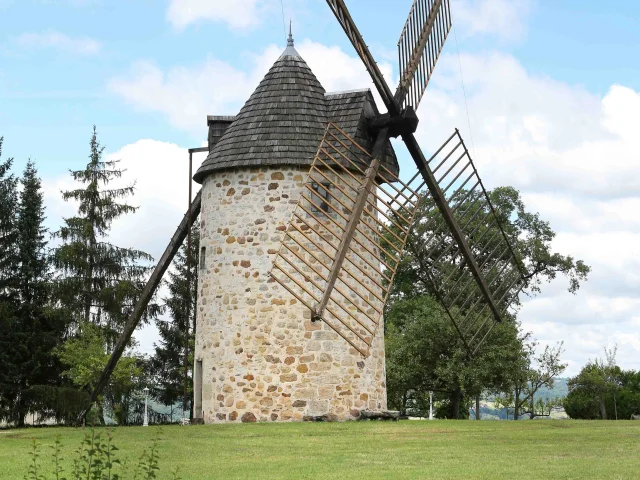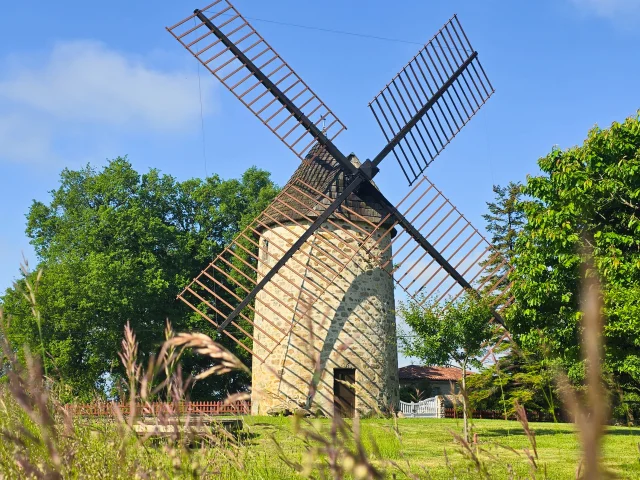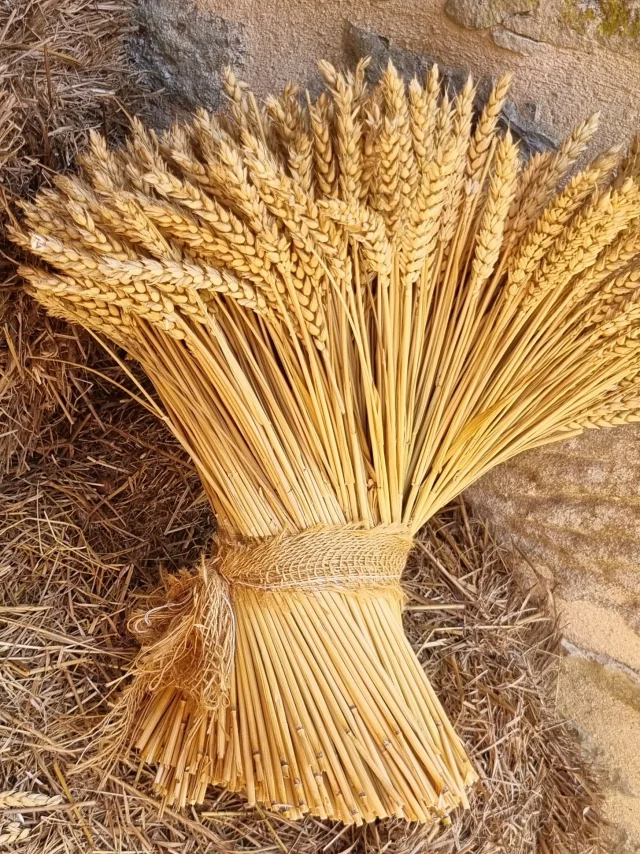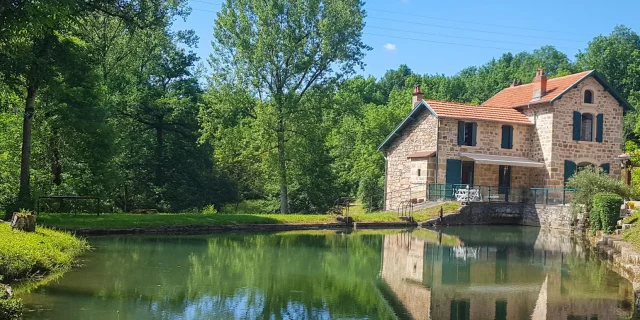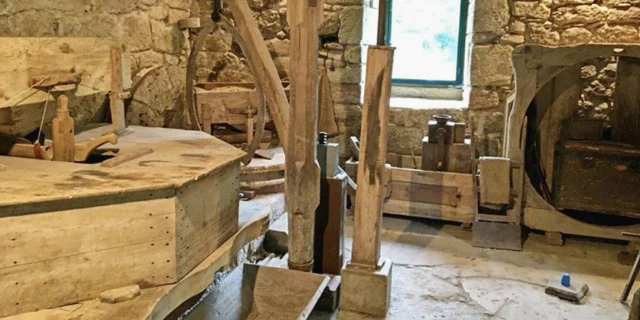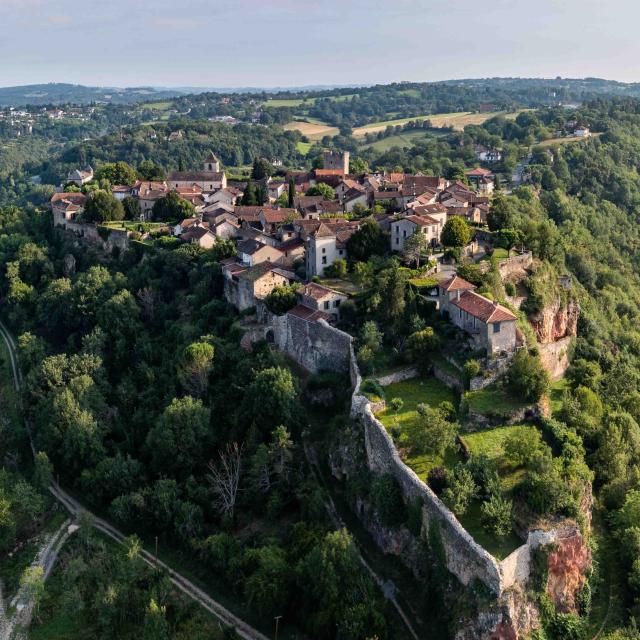de Seyrignac
Perched on the heights of Figeac, with a superb view of the Monts d’Auvergne, the moulin à vent de Seyrignac is a star of the local landscape. With its majestic wings turning with the wind, it proudly dominates the Lot countryside. Lovingly restored by its owner, this 15th-century mill is one of the few windmills still in operation in the Lot. You’ll learn about all the stages involved in making flour, from the stone to the bag. It’s a lively, educational tour that plunges you into the day-to-day life of the millers of yesteryear.
